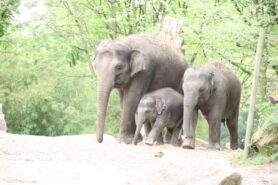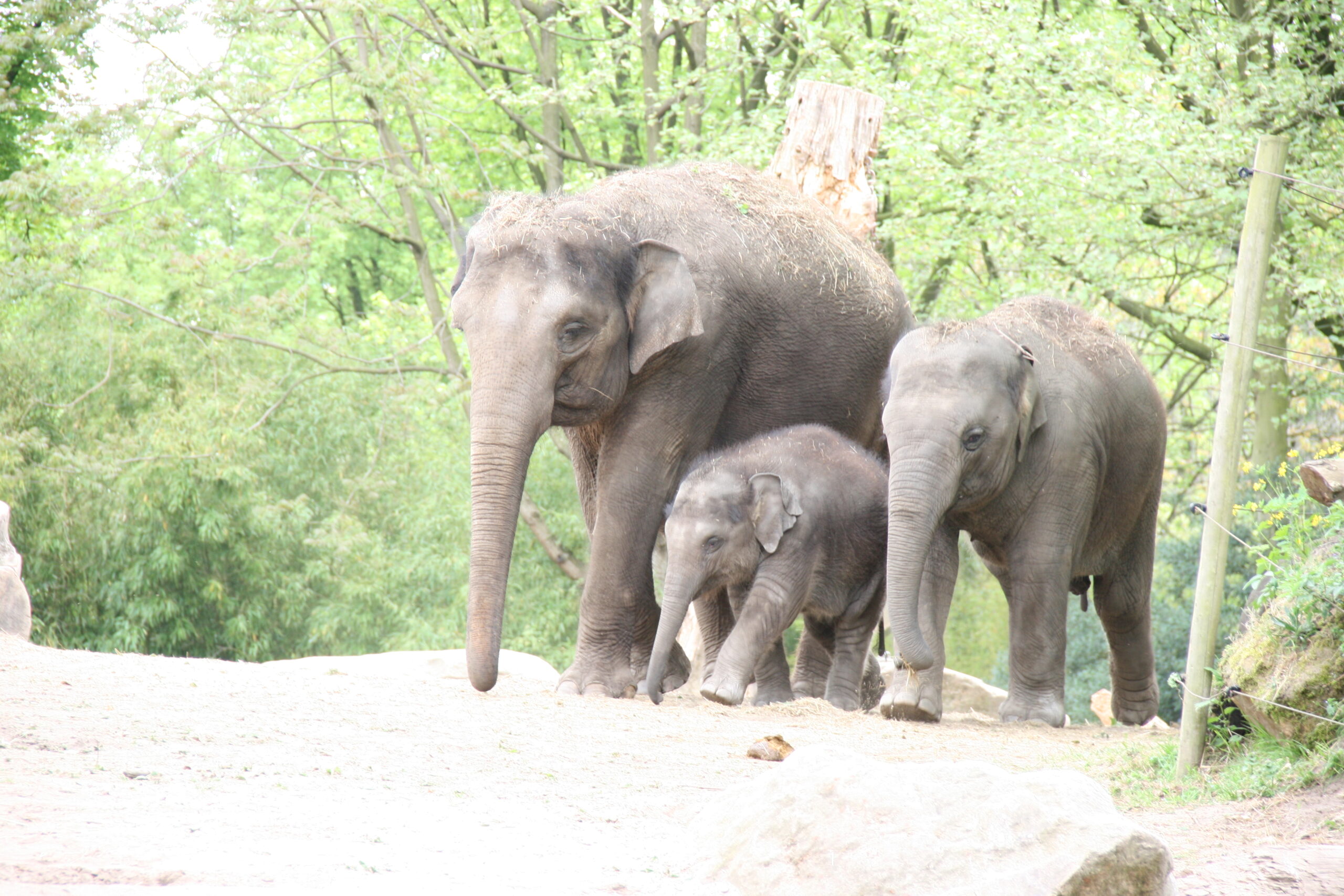Dangerously Endangered
Animal Sanctuaries: Why is science needed?
Author: Liese Boonstra
Utrecht University is one of the many organisations that are currently researching wild animal behaviour. For one of their recently published studies, they wanted to find out if orphaned chimpanzees who live in sanctuaries endure trauma from being removed from their mothers at a young age. They write:
“Recent studies indicate that zoo-housed chimpanzees may be socially scarred for life after such early trauma in terms of whom they like to be near (social proximity) and whom they entrust to keeping their body clean (grooming). Overall, the orphaned chimpanzees were found to be socially indistinguishable from their counterparts who did not lose their mother and were born and mother-reared in the sanctuary. These results suggest that sanctuaries can be valuable rehabilitation centres for orphaned chimpanzees, facilitating chimpanzees’ potential to cope with early life adversities. “
These types of research and findings can help improve the welfare and care of wild animals captured in zoos and sanctuaries. But what is the difference between a zoo and a sanctuary? And why is improvement needed?
Catherine Doyle: speaker and Director of Science, Research and Advocacy for the Performing Animal Welfare Society (PAWS), describes the answer to these questions in her published paper. (PAWS is an organization based in the USA who do similar work as the Dutch organization Stichting AAP). Zoos are most often seen as a place where the main priority is entertainment for the visitors whereas sanctuaries are seen as places whose main aim is to offer refuge and protection to animals in need. However, Catherine also addresses in her paper that some sanctuaries carry the sanctuary label as a false advertisement:
“Some facilities, often called pseudo-sanctuaries (GFAS, ‘Truth’), actively breed, offer photos with animals for a fee, or take wild animals off-site for fundraisers, parties, school presentations, and corporate events. These facilities may engage in breeding and/or displaying hybridized and inbred wild animals such as white tigers, who are prone to serious congenital defects (AZA). They may also purchase wild animals from unscrupulous dealers or exhibitors, or trade or sell animals with other facilities.”
An example she gives is the Colton Tiger Story, which is seen as the largest big cat rescue in U.S. history. In this case, it turned out that a “sanctuary” which was once a popular place for families to see tigers was not taking proper care of the tigers and the situation was instead extremely disturbing. Authorities found 30 dead adult tigers who were tied down and starved to death, 58 dead cubs in a freezer and also other exotic animal suffering and starving. The 39 animals that were still alive were taken in by PAWS.
It is the opinion of Catherine and PAWS that sanctuaries that can be labelled as “true” sanctuaries are the places that prioritize the well-being of individual animals. Meaning that they do not participate in selling, trading or breeding, but also don’t let visitors in the sanctuary to keep human contact as minimal as possible.
However, not all scientists agree on what makes a sanctuary “true” or “pseudo”. Especially the topic of breeding is a point of discussion. Dutch zoos like Diergaarde Blijdorp participate in breeding programs for animals such as Asian Elephants. For example, Catherine explains that for breeding programs animals are removed from their social circle which can negatively impact their well-being. Sara Williams also mentions a negative side of breeding programs in her research paper. She mentions that only 11%-13% of cases of captive-born animals that were reintroduced into the wild were successful. On the contrary conservationists like Kathy Stearns argue that to save animals like tigers from endangerment, breeding is necessary.

Family of Asian Elephants at Blijfdorp Zoo, Photo by author.
At the end of the day, there is one thing scientists and researchers agree on: even the best sanctuaries cannot copy the true habitats exactly but they should aim to get as close as possible. Research like the study that was mentioned at the beginning of this article, can help better understand the needs of animals. By having a better understanding of aspects such as social bonds and enrichment in the wild, these aspects will get easier to replicate in captivity. Whether you agree with Catherine or with Kathy, it is important to stay critical and keep both the discussion on animal welfare and the research going.
Sources:
Utrecht University: Animal Behaviour and Cognition
https://www.uu.nl/en/research/animal-behaviour-and-cognition
van Leeuwen EJC, Bruinstroop BMC, Haun DBM. Early Trauma Leaves No Social Signature in Sanctuary-Housed Chimpanzees (Pan troglodytes). Animals. 2023; 13(1):49. https://doi.org/10.3390/ani13010049
Doyle, Catherine, Captive Wildlife Sanctuaries: Definition, Ethical Considerations and Public Perception, Animal Studies Journal, 6(2), 2017, 55-85.
https://tigersinamerica.org/colton/
https://www.diergaardeblijdorp.nl/natuurbehoud/populatiemanagement-programma/
Williams, S. E., & Hoffman, E. A. (2009). Minimizing genetic adaptation in captive breeding programs: a review. Biological conservation, 142(11), 2388-2400.
https://www.nationalgeographic.com/animals/article/140320-animal-sanctuary-wildlife-exotic-tiger-zoo
You must be logged in to post a comment.

